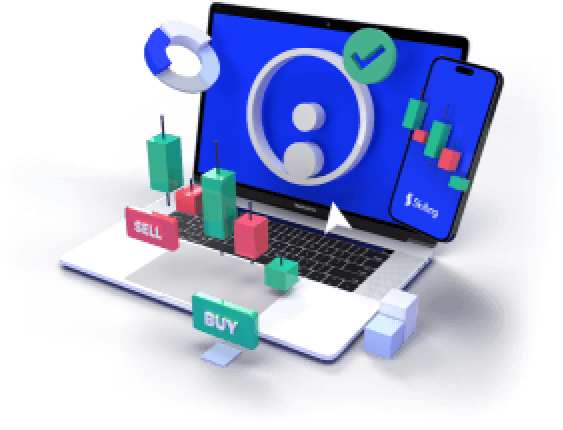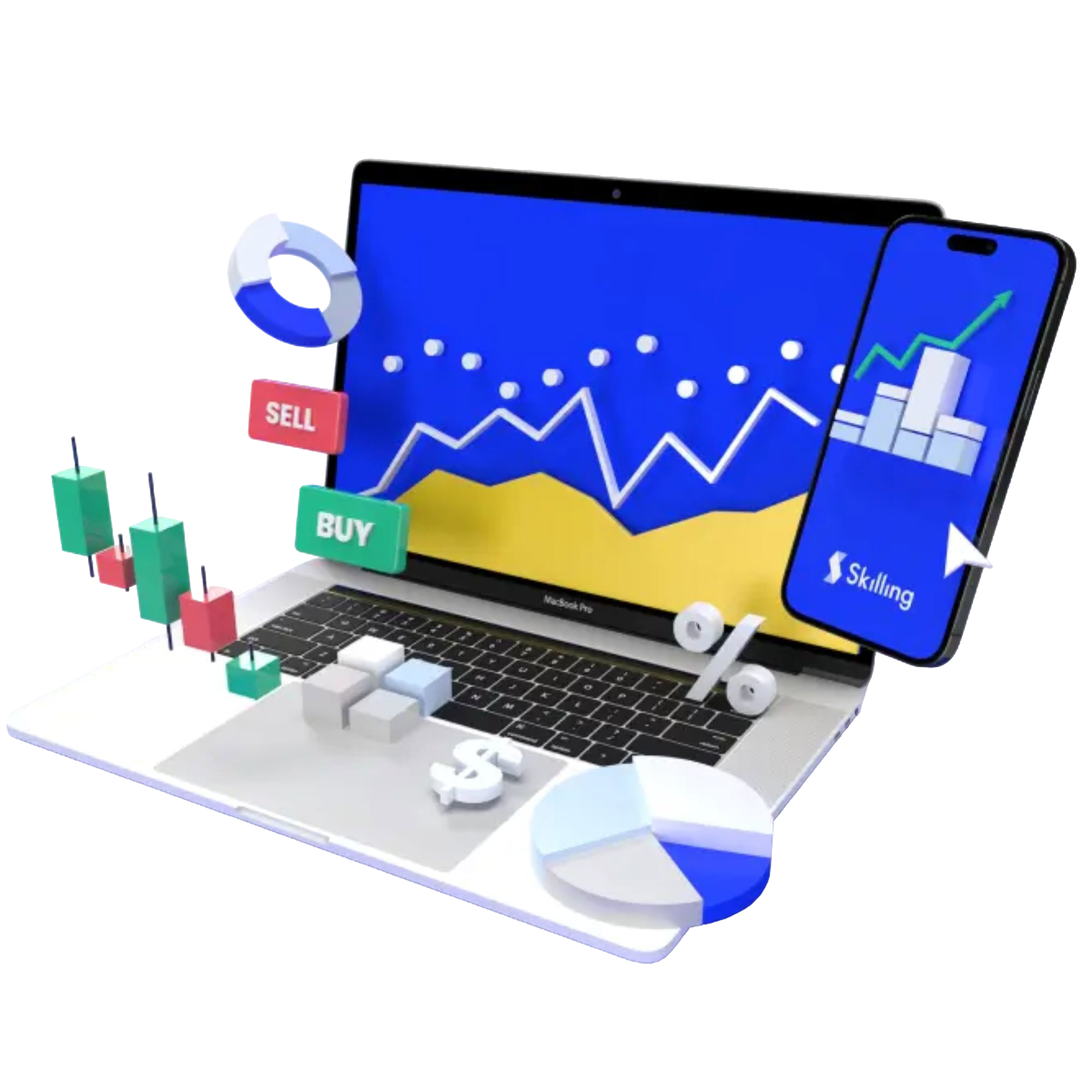Access 1,200+ global CFDs instruments.
Access a plethora of trading opportunities across the financial markets.

Imagine you want to start a bakery company. To get started, you need to buy ovens, mixers, and other equipment. These purchases are called Capital Expenditures, or CapEx. CapEx refers to the money a business spends on buying, maintaining, or upgrading physical assets like buildings, machinery, or equipment. These expenditures are important because they help businesses grow and improve their operations.
What is CapEx (Capital Expenditure)?
CapEx, short for Capital Expenditure, is the money a company spends to buy, maintain, or improve its long-term assets. These assets can be things like buildings, machinery, equipment, or vehicles. Imagine a company buying new computers for its office or constructing a new factory – these are examples of CapEx. It's like an investment for the future because these assets help the company operate and grow over many years. Unlike day-to-day expenses, CapEx involves spending money on items that will be used for a long time.
Practice with a Demo Account
Try our demo account and experience real market conditions.

CapEx example
An example of CapEx, or Capital Expenditure, is when a company decides to build a new factory. For instance, if a car manufacturer spends $50 million to construct a new manufacturing plant, this expenditure is considered CapEx. This new factory will help the company produce more cars over many years, making it a long-term investment. Another example is if a technology company spends money to purchase new servers and computer systems to upgrade its data centers. These are significant investments that will support the company’s operations for a long time.
Types of CapEx
There are two main types of CapEx (Capital Expenditure): maintenance CapEx and growth CapEx.
- Maintenance CapEx: This is money spent on fixing or replacing existing assets. For example, if a company needs to repair a broken machine or replace old equipment to keep things running smoothly, that’s maintenance CapEx.
- Growth CapEx: This is money spent to expand the company’s operations. For example, if a company builds a new factory or buys new equipment to increase production, that’s growth CapEx.
Experience Skilling's award-winning platform
Try out any of Skilling’s trading platforms on the device of your choice across web, android or iOS.

Formula and Calculation of CapEx
The formula to calculate CapEx (Capital Expenditure) is simple and straightforward. You can find it in a company's financial statements, specifically the cash flow statement, under "Investing Activities." The basic formula is:
CapEx = Change in Net PP&E + Depreciation
Here's what this means:
- Net PP&E (Property, Plant, and Equipment): This is the value of a company’s physical assets like buildings, machinery, and equipment. You need to find the change in Net PP&E from one period to the next. For example, if Net PP&E at the end of the year is $500,000 and at the beginning of the year it was $450,000, the change is $50,000.
- Depreciation: This is the amount by which assets lose value over time due to wear and tear. It’s recorded in the income statement. If the depreciation for the year is $30,000, you use this figure.
So, using the example numbers: CapEx = $50,000 (Change in Net PP&E) + $30,000 (Depreciation) = $80,000
This means the company spent $80,000 on Capital Expenditures during the year.
CapEx vs. Operating Expenses (OpEx): Difference
| CapEx | Operating Expenses (OpEx |
|---|---|
| As we've seen, CapEx refers to the money a company spends on acquiring, maintaining, or improving its long-term assets like buildings and machinery. These expenditures are investments meant to benefit the company for many years. | Operating Expenses (OpEx), on the other hand, are the day-to-day expenses required to run a company, such as rent, utilities, and salaries. OpEx covers costs necessary for immediate operations but doesn't result in long-term asset ownership. |
In short, CapEx is for long-term investments, while OpEx is for short-term, ongoing operational costs.
Summary
In summary, CapEx, as we've learned, involves significant investments in long-term assets like buildings and equipment, which are crucial for a company's growth and efficiency.
Source: investopedia.com
Want a low-cost trading experience? Skilling, a reputable and award-winning CFD broker offers over 1200 global financial instruments in the form of CFDs for you to trade. From trading CFDs on stocks, Forex, to commodities like Gold - XAUUSD and Silver - XAGUSD, you have a wide range of global assets. Open a free Skilling trading account today.











